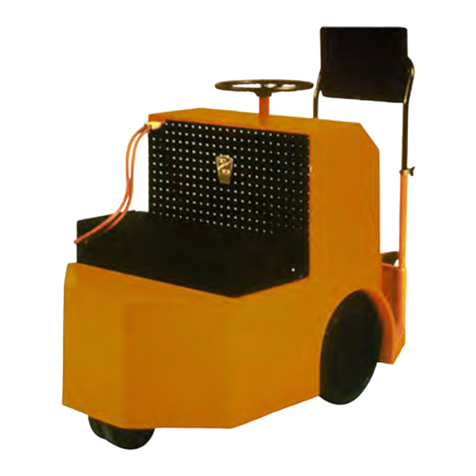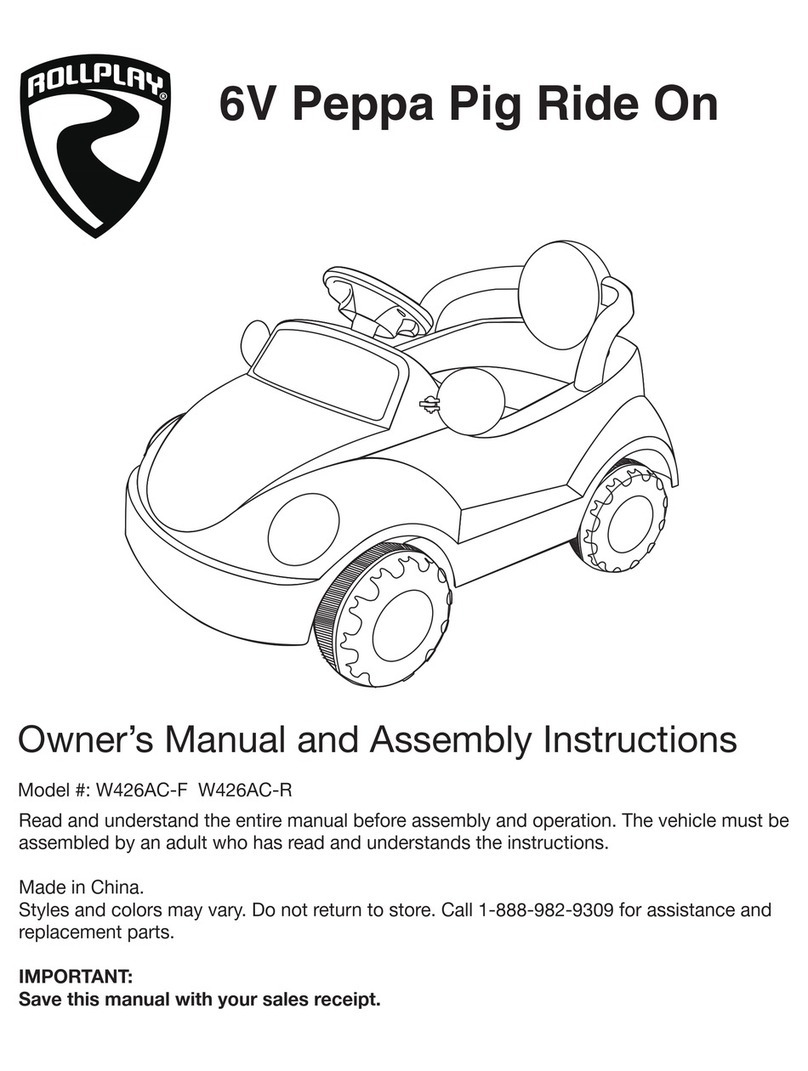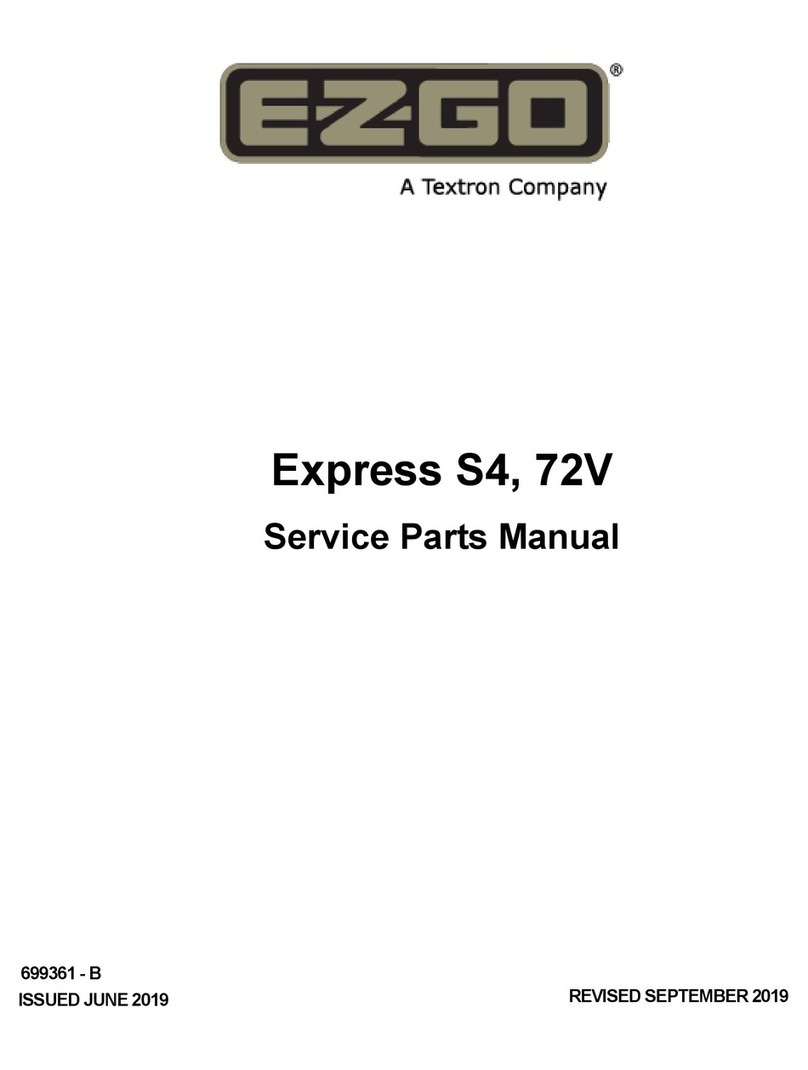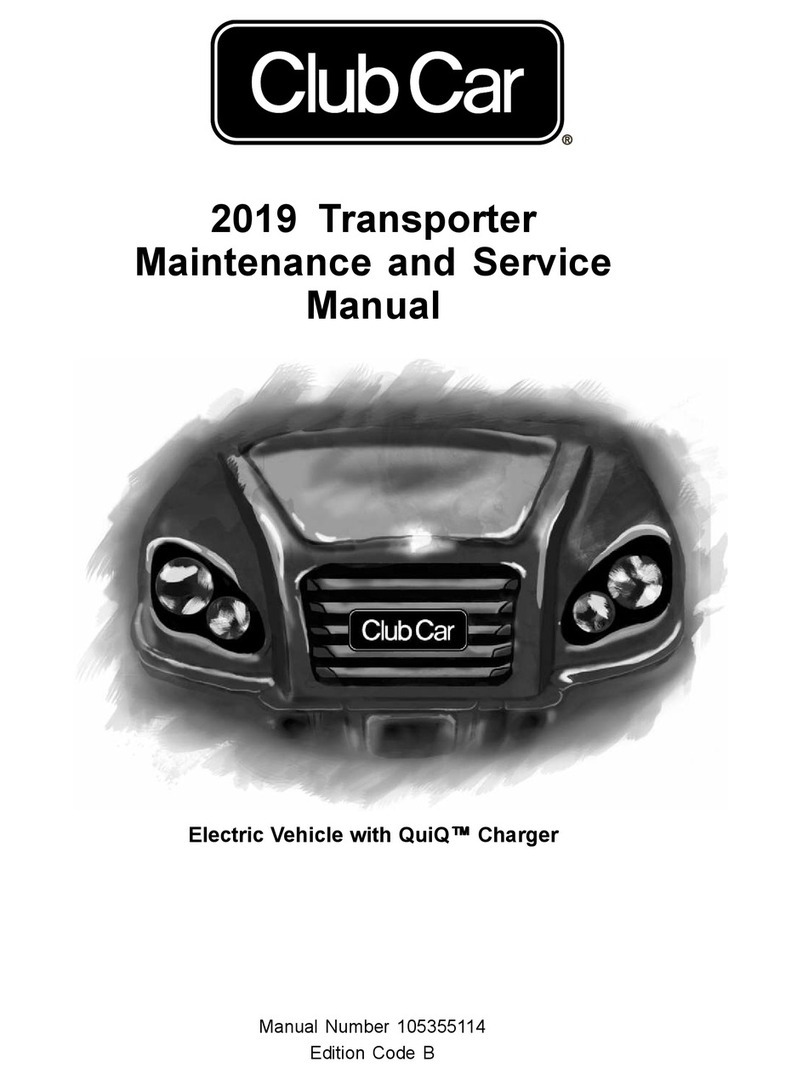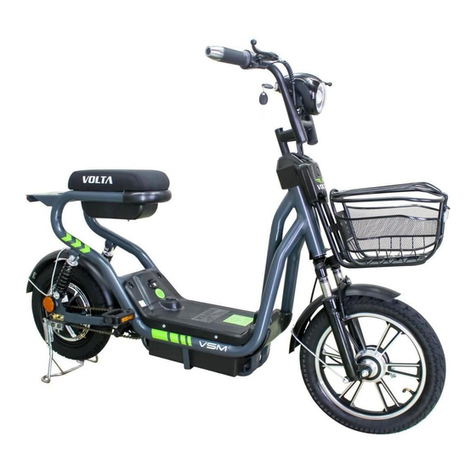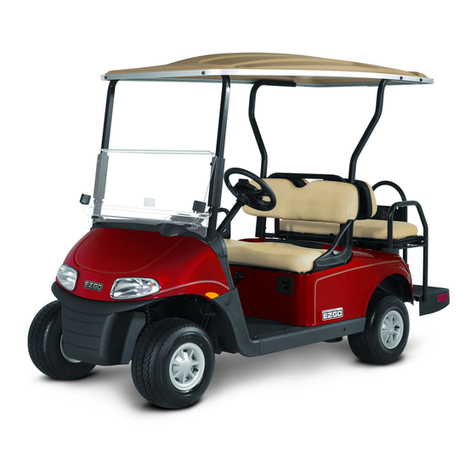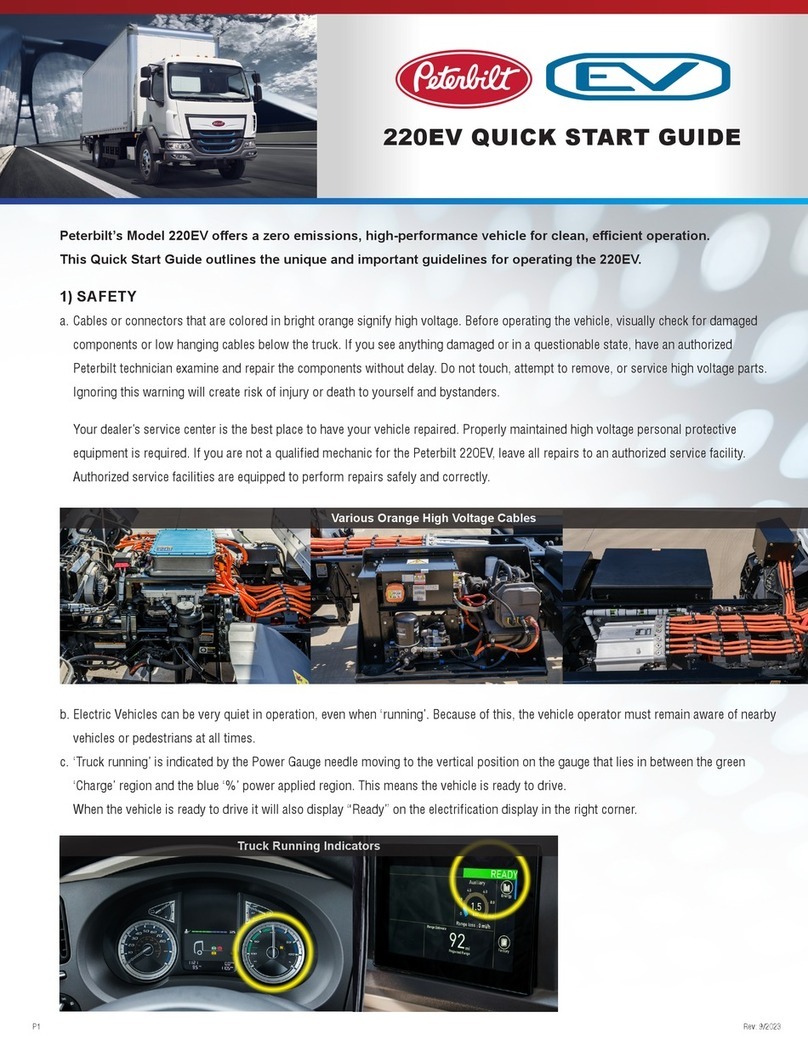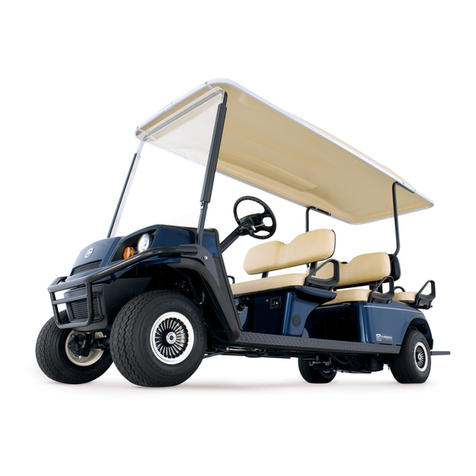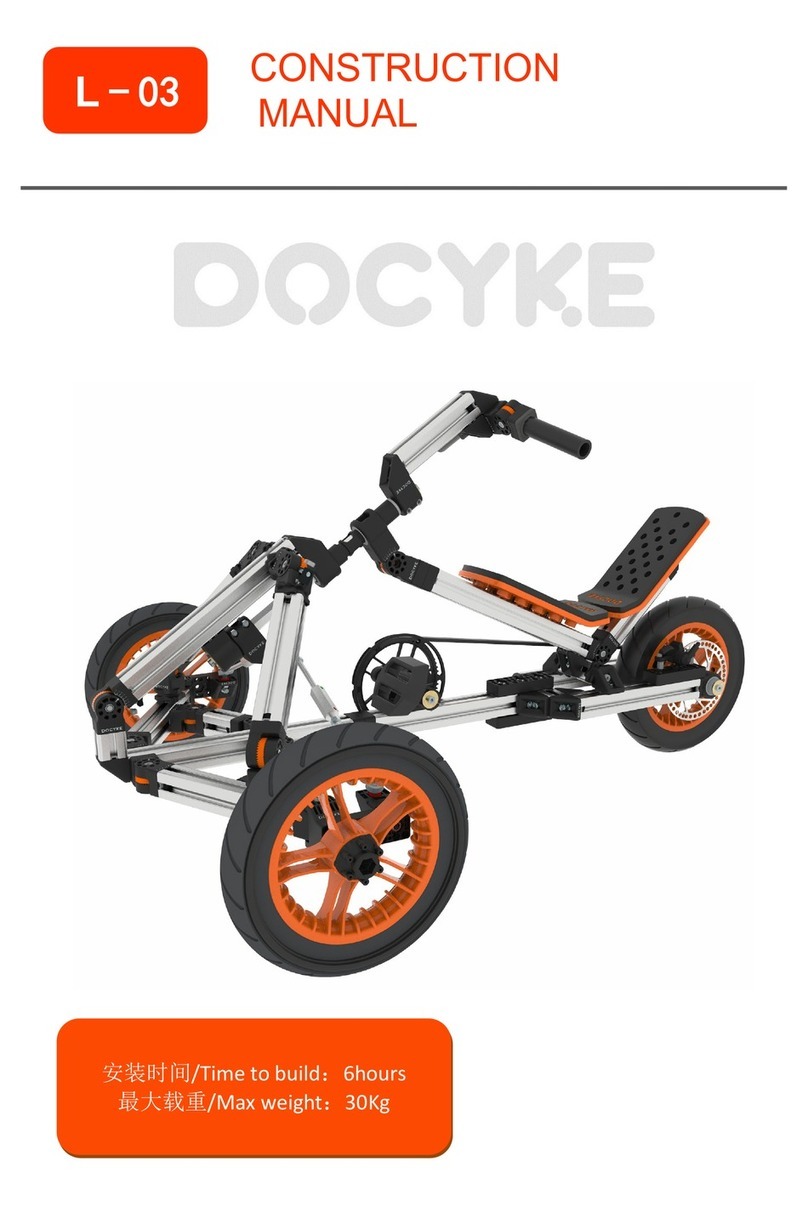
Page 5B-210 / B-200 Curtis System Operator Manual
MB-210-14 Table of Contents
Contact Information......................3
The Taylor-Dunn Corporation: ....4
Introduction 7
Who Should Read This Manual........... 7
About This Manual............................... 7
Glossary of Terms...........................8
Conventions ....................................10
Signal Words and Their Denitions:..... 10
Safety Alert Message........................... 10
Responsibilities...............................11
Of the Owner........................................ 11
Of the Operator... ................................. 11
Of the Passengers .............................. 11
Of the Service Personnel..................... 11
Vehicle Modications .....................12
Replacement Parts .........................13
Using Non-OEM Replacement
Components......................................... 13
About Your Vehicle 14
Licensing Requirements ...................... 14
Vehicle compliance .............................. 14
How to Identify Your Vehicle ........15
Data Plate............................................ 15
Where to Find Data Plate and Serial
Number................................................ 15
Taking Delivery of Your
Vehicle 16
What To Do If a Problem is
Found...............................................16
Operator Training 17
Driver Qualications............................. 17
Vehicle Controls 18
1: Light Switch...................................... 18
2: Windshield Wiper............................. 18
3: Strobe Light...................................... 18
4: Direction Control Switch................... 18
5: High / Low Speed Switch................. 18
6: Dash Display.................................... 18
7: Horn Switch...................................... 18
8: Start Switch...................................... 18
1: Throttle Pedal................................... 19
2: Foot Brake Pedal............................. 19
Parking Brake ...................................... 19
Steering................................................ 19
Turn Signal Switch............................... 19
Hazard Light Switch............................. 19
SmartView® Dash Display................... 20
Fault Codes.......................................... 21
Vehicle Operation 23
General Safety Guidelines................... 23
Collisions or Accidents......................... 24
Seat Belts (optional)............................. 25
All Seat Belt Types............................... 26
Combination Lap and Shoulder Belts .. 26
Lap Belts Only...................................... 26
Seat Belts While Pregnant................... 26
Safety Belt Maintenance...................... 26
Starting................................................. 27
Driving.................................................. 28
Transporting Pets................................. 29
Loading Cargo ..................................... 30
Vehicle Load Capacity, Denition......... 31
Towing.............................................32
Draw Bar Pull (DBP), Denition ........... 32
Hitch Release....................................... 33
Towing the Vehicle............................... 34
Tie Downs for Transportation............... 35
Charging Your Vehicle 36
Generic Safety Guidelines.............36
Delta-Q QuiQ Charger......................... 37
Lester Summit Charger........................ 39
Charging Time...................................... 41
New Battery Break In........................... 41
AC Power Source ................................ 41
Signet Model HBS Charger.................. 42
Signet Model HB Charger.................... 44
X-Series Charger................................. 46
Lestronic II Charger ............................. 48
Storing and Returning to
Service 49
Storing Your Vehicle............................. 49
Returning to Service ............................ 49
